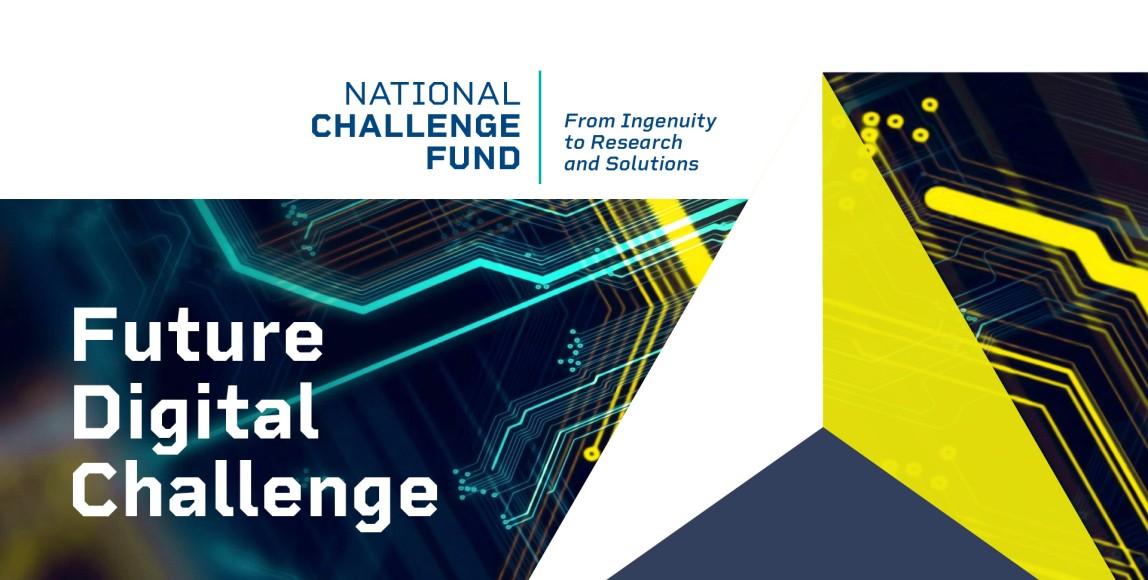
Funding: STROHAB wins big with backing by Science Foundation Ireland.
Introducing STROHAB: The Future Digital Challenge!
The STROHAB team is grateful to Science Foundation Ireland for the invaluable opportunity and support with this transformative funding. Together, we will pioneer ambitious research with a global impact!
STROHAB stands at the forefront of innovation, inviting visionary teams to embark on an exhilarating journey through four transformative phases: Concept, Seed, Grow, and the ultimate Prize Award
Participation in the SFI challenge is not just about competing; it’s about collaboration, creativity, and collective impact. By fostering a dynamic ecosystem of innovation, SFI empowers our team to push the boundaries of what’s possible, driving meaningful progress in the field of digital health and beyond.
A testament that SFI backs Irish innovation.
How does the funding works?
In the Concept phase, teams ignite their creativity, crafting groundbreaking ideas that have the potential to revolutionise stroke rehabilitation. This phase serves as the springboard for innovation, encouraging participants to dream big and envision solutions that can make a tangible difference in the lives of stroke survivors. As teams progress to the Seed phase, their concepts are nurtured and refined, laying the groundwork for tangible prototypes and proof-of-concept demonstrations. Here, participants receive invaluable mentorship and support, empowering them to transform their ideas into actionable solutions poised for real-world impact. The Grow phase marks a pivotal moment in the journey, as teams accelerate the development and scalability of their solutions. With access to resources, expertise, and strategic guidance, participants navigate the complexities of implementation, positioning their innovations for widespread adoption and sustainable growth. Finally, the culmination of the challenge unfolds in the Prize Award phase, where top-performing teams compete for the coveted €1M Prize Award. Here, excellence is celebrated, and the most promising solutions are recognised for their transformative potential in advancing stroke rehabilitation and improving outcomes for individuals affected by stroke.
